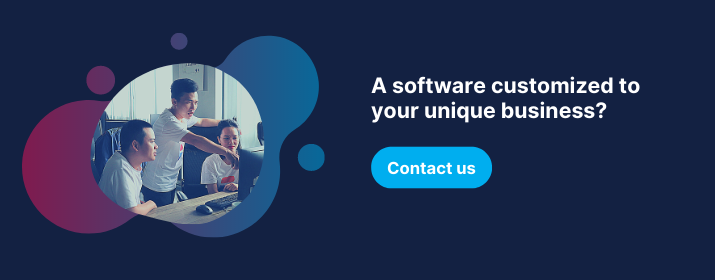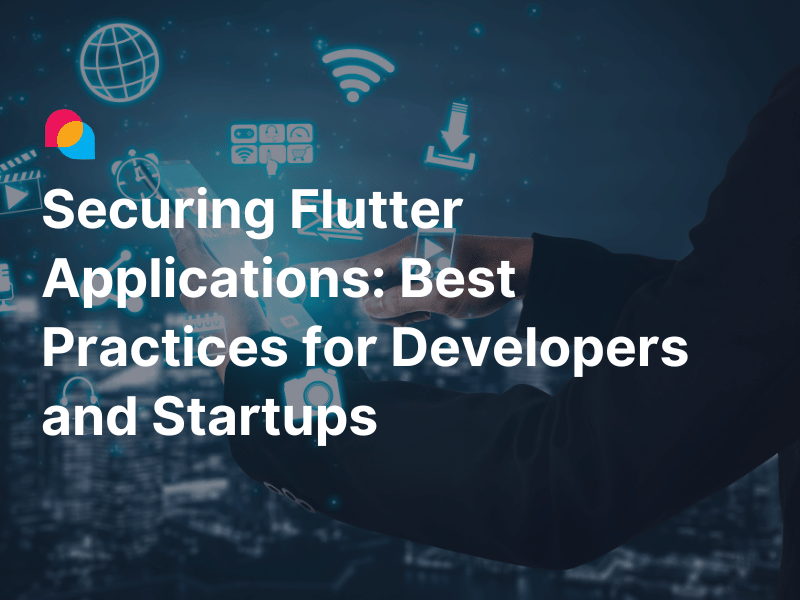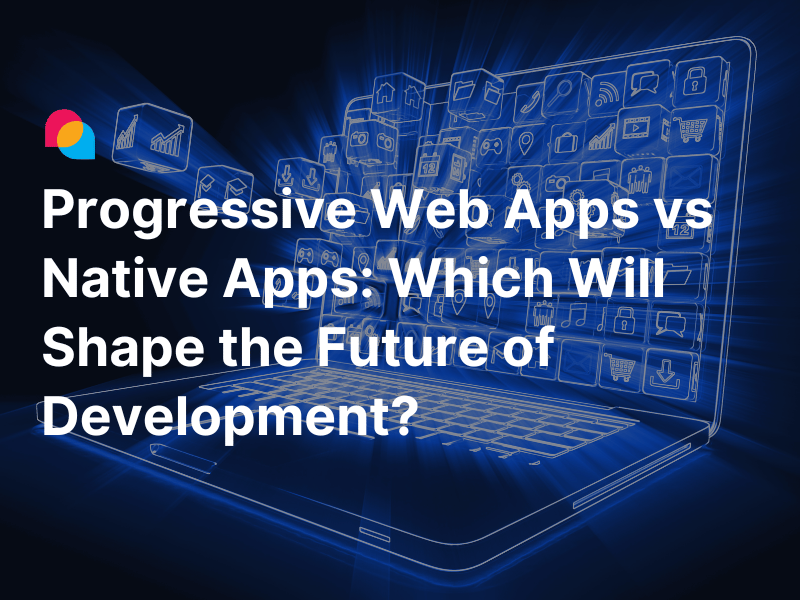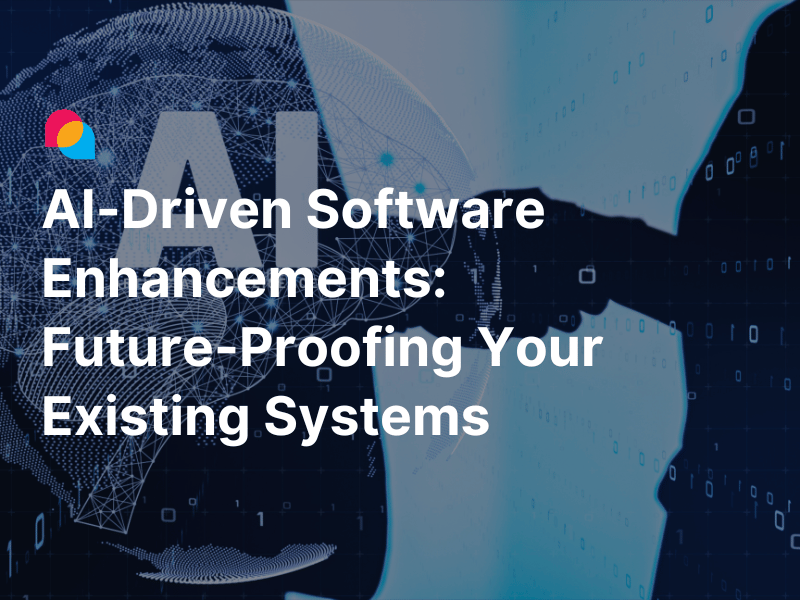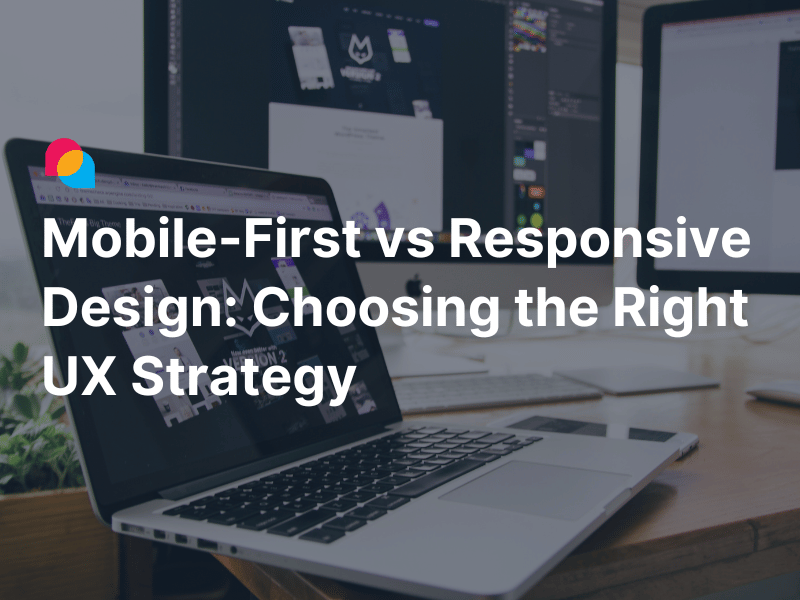Understanding the Landscape: Why Data Privacy in Software Development Matters
Beyond Compliance: Why Privacy Isn’t Optional Anymore
There was a time when privacy was something tacked on at the end of a project; like a fire extinguisher you hope you never use. But those days are behind us. The world has changed. So have users. And truthfully, so must we.
When we build software today, we aren’t just solving a problem or delivering a feature. We’re stepping into a relationship with the people who use it. And with that comes a certain level of responsibility; particularly around what we do with their data.
The numbers back it up. Cisco’s 2023 Data Privacy Benchmark Study revealed that over 94% of users won’t engage with companies that don't handle their data responsibly. That’s not a legal problem; that’s a trust problem. And trust, once fractured, doesn’t come back easily.
At the same time, regulators are tightening the screws. You’ve got GDPR in Europe, CCPA in California, LGPD in Brazil; and more are lining up. These laws aren't just about fines or headlines. They’re about making privacy part of the product, not just the paperwork.
So, here’s the truth: Privacy isn’t just a compliance checkbox anymore. It’s a product expectation. A core feature. Something users look for; often without even realizing it.
Principles First: Embedding Privacy by Design in Your Development Process
From Afterthought to Default: What 'Privacy by Design' Really Means
Let’s get one thing straight: “Privacy by Design” isn’t about filling out extra paperwork or adding another project status column. It’s about mindset. It’s about writing software as if privacy matters from day one; because it does.
The idea itself isn’t new. Dr. Ann Cavoukian introduced the concept long before GDPR put it in headlines. She outlined seven guiding principles that shift privacy from a legal concern to a design philosophy. Here’s what they look like when put into practice:
|
Principle |
What It Actually Means in Code |
|
Be Proactive, Not Reactive |
Don’t wait for a breach to fix your architecture. |
|
Make Privacy the Default |
Assume users don’t want their data shared; design from that assumption. |
|
Embed Privacy into Design |
Bake it into your flows, not your terms of service. |
|
Full Functionality |
Balance usability and protection; don’t make users choose. |
|
End-to-End Security |
Secure data from entry to deletion. No gaps. |
|
Visibility and Transparency |
Let users see and understand how their data is used. |
|
Respect User Privacy |
Give people meaningful choices; not manipulative UX. |
In practical terms? It means challenging yourself before you even start. Do we really need that date of birth? Are we logging more than we should? Is our API exposing sensitive data by default?
You won’t always get it perfect. But if you don’t ask the questions, you’re almost guaranteed to get it wrong.
Understanding the Laws: GDPR and Its Global Cousins
Core Requirements of GDPR Every Developer Must Know
Let’s break the legal jargon down to what matters in practice. GDPR introduced a handful of core concepts that every dev team needs to understand; not in theory, but in implementation.
Here are a few that shape actual code:
- Data Minimization: Don’t collect more than you need. Really. Don’t.
- Purpose Limitation: Be crystal clear about why you’re collecting each data point.
- Informed Consent: No more sneaky checkboxes or pre-ticked forms.
- User Rights: People can ask to access, delete, or correct their data; and you have to make that possible.
- Data Breach Notification: If something goes wrong, you’ve got 72 hours to respond. Not next week. Not after the sprint ends.
For developers, this means writing clean data schemas, adding deletion endpoints, tracking consent states, and building alert systems that actually catch problems before the regulator does.
The legal team can help interpret the rules. But it’s on the dev team to build systems that respect them.
Beyond GDPR: Meeting CCPA, LGPD, and APPI Without Losing Your Mind
Now here’s where it gets tricky. GDPR isn’t the only sheriff in town.
Across the globe, we’re seeing privacy laws pop up with similar goals but slightly different rules. It’s like trying to build one application that runs flawlessly on four different operating systems; without a universal SDK.
Let’s compare a few key players:
|
Law |
Region |
Key Focus |
|
GDPR |
EU |
Consent, user rights, breach response |
|
CCPA |
California |
Right to opt-out, data sale transparency |
|
LGPD |
Brazil |
Consent, purpose limitation |
|
APPI |
Japan |
User control and international transfers |
You could write custom logic for each law, but that way lies madness. Instead, smart teams are building modular privacy layers; flexible components that adapt to varying laws without rewriting your entire app.
Think of it like internationalization. You don’t hardcode your strings; you build translation keys. Same principle here. Build with abstraction. Design with change in mind.
The goal isn’t to solve privacy once. It’s to stay ready as the landscape evolves.
Practical Approaches: Building Privacy-Conscious Features from the Ground Up
Data Collection: How Much Is Too Much?
Here’s the uncomfortable truth: most apps collect far more data than they actually need.
It’s not always malicious; sometimes it’s just habit. We default to gathering every data point we might use later. Just in case. But in today’s privacy climate, that mindset doesn’t hold up. It turns out, “just in case” is a liability, not a strategy.
If you don’t have a clear, documented use for a piece of personal data, don’t collect it. That means asking hard questions in product planning:
- Do we really need the user’s full address, or is a zip code enough?
- Is it essential to store birth dates, or can we ask for age range?
- Will this behavioral data actually inform product decisions; or are we hoarding it out of curiosity?
Every field in your form and every parameter in your API should earn its place. If it can’t justify itself, it doesn’t belong.
Consent Mechanisms: It’s Not Just a Checkbox
We’ve all seen those cookie banners that basically say, “Click OK or go away.” That’s not consent. That’s coercion with extra steps.
True consent is informed, specific, and freely given. And yes, that means you might need to rethink how your app asks for permission.
Consent mechanisms should:
- Clearly explain what data is being collected and why.
- Offer separate opt-ins for different purposes (e.g. analytics, marketing, personalization).
- Let users revisit and change their choices at any time.
From a development standpoint, this means building a consent store that tracks these decisions and applying them consistently across your app. No shadow tracking. No logging before approval.
If that sounds like extra work, it is. But it also means users trust what you’re building; because they know you’re playing fair.
Data Retention: When to Let Go
There’s a saying in security circles: “You can’t lose what you don’t have.” It applies to data, too.
Storing user data forever might sound like a convenience, but it’s also a ticking time bomb. The longer you keep it, the more exposure you create; for yourself and your users.
So how do you build expiration into your systems?
- Set default retention periods at the database level.
- Automate deletion with scheduled jobs or event-based triggers.
- Give users the ability to delete their own data; and honor that request completely.
Data retention isn’t glamorous. But it sends a powerful message: “We don’t just collect less; we also know when to let go.”
Common Pitfalls in Data Privacy Implementation (And How to Avoid Them)
Mistaking Anonymization for Security
Here’s a common mix-up: teams often think that anonymizing data makes it immune to risk. The problem is; most data is rarely truly anonymous.
Let’s clear this up:
- Anonymization means data can’t be tied back to a person, ever.
- Pseudonymization replaces identifiers (like names or emails) with placeholders; but they can still be reversed.
- Encryption secures data at rest or in transit; but it’s still identifiable if decrypted.
Each method has a role. But none of them are silver bullets. If your pseudonymized data can be re-identified with a couple of outside sources (and that’s increasingly easy), then it’s not really private; it’s just obscured.
The key is using the right method at the right time; and never assuming the job is done just because names are missing.
Overengineering vs. Underprotecting: Finding the Sweet Spot
On one end of the spectrum, you have teams building Rube Goldberg machines for privacy; 16 layers of tokenization, complex user flows, endless consent modals. On the other, you have apps sending personal info to third parties with no audit trail.
Neither approach works.
Great privacy design sits somewhere in the middle. It’s:
- Purposeful: Everything collected has a reason.
- Lean: Security measures match the level of risk.
- User-aware: People aren’t confused by your flows; they’re empowered by them.
The trick is to ask: what is the actual threat model here? And then build controls that are strong enough to defend against it, but not so bulky that they create friction or confusion.
Privacy should feel natural, not painful.
Testing and Validation: Don’t Just Build It, Validate It
Privacy-Driven QA: What to Test and How Often
You wouldn’t ship a feature without testing functionality; so why ship a privacy flow without validating how it behaves?
Privacy testing should include:
- Consent flow tests: Can users truly opt in and out?
- Access & deletion requests: Can users download or delete their data without bugs or dead ends?
- Data flow tracing: Do analytics or third-party services collect anything before consent is given?
Use tools like ZAP or PrivacyCheck to simulate interactions and detect leaks.
Build privacy checks into your CI/CD pipelines. Make it a default, not a favor.
Red Teams, Pen Tests, and Data Flow Audits
Security and privacy go hand in hand; but they require different lenses. Where security focuses on breaches, privacy focuses on usage and exposure.
That’s why you need both:
- Red teams to stress-test your systems for real-world attacks.
- Penetration testing to identify weak points in storage and transmission.
- Data flow audits to map how data moves through your systems; and where it might escape.
These aren't once-a-year events. They should be regular rituals; especially after major product changes, new vendor integrations, or architectural rewrites.
What you don’t test, you don’t control. And in privacy, that’s a recipe for headlines you don’t want to see.
The Human Side of Privacy: Training Your Team for Long-Term Success
Developers as Stewards: Changing the Mindset
Let’s face it; most developers didn’t get into coding to write privacy policies. But like it or not, we’re part of the equation now.
Privacy isn’t the job of legal or compliance alone. Developers are the ones turning policy into product. That makes us stewards, not just implementers.
This requires a shift in thinking. It means asking:
- “Should we build this?” not just “Can we?”
- “Who does this affect?” before “How do we ship it faster?”
- “Will this data be safe?” alongside “Does this feature work?”
Those questions matter. They shape trust. And in an era where privacy scandals are weekly news, being the team that gets this right sets you apart.
Training, Toolkits, and Culture: Creating a Privacy-First Dev Org
Changing a mindset isn’t about a single workshop. It’s a cultural reset. That takes time; and tools.
Start with:
- Internal guides on privacy design patterns.
- Checklists in sprint planning for privacy-impacting features.
- Peer code reviews focused on data handling, not just logic.
Use lunch-and-learns, brown bags, even Slack bots to keep privacy top-of-mind. The goal isn’t perfection; it’s momentum.
When teams talk about privacy like they talk about code quality or testing, you know the shift is working.
Future-Proofing: What’s Next for Data Privacy in Software Development?
AI, Biometrics, and the Next Generation of Data Risk
The future of software is smarter; but also messier.
With AI, personalization, biometrics, and always-on tracking, we’re entering a new chapter of privacy risks. Models are trained on user data, often in ways that are hard to explain; or undo. Face scans, voice prints, behavioral patterns; these aren’t just identifiers, they’re core parts of a person.
And the laws? They’re still catching up.
That means building software with humility. With the assumption that today’s practices may not pass tomorrow’s tests. With enough flexibility to pause, adapt, and change course.
Building for Uncertainty: Future-Resilient Privacy Frameworks
You can’t predict every new law. But you can design for change.
That means:
- Modular consent systems.
- Configurable data handling policies.
- Transparent logging and reporting tools.
- Layered architectures that can adapt without total rewrites.
Think of it like version control; but for privacy. Your architecture should be able to grow with the world around it.
Because here’s the truth: future-proofing isn’t about knowing the future. It’s about being ready to meet it.
Final Thoughts: Privacy Is Not Just a Legal Obligation; It's a Product Feature
If there's one takeaway, it's this: privacy builds trust, and trust builds loyalty.
Sure, regulations matter. But what matters more is the experience people have with your product. When users feel respected, they stay. When they feel exploited, they leave; and take others with them.
Privacy isn't just about what you avoid (fines, breaches, PR disasters). It's about what you create: credibility, reliability, and long-term value.
So, don’t treat it like overhead. Treat it like any great feature; one worth building well.
References:
